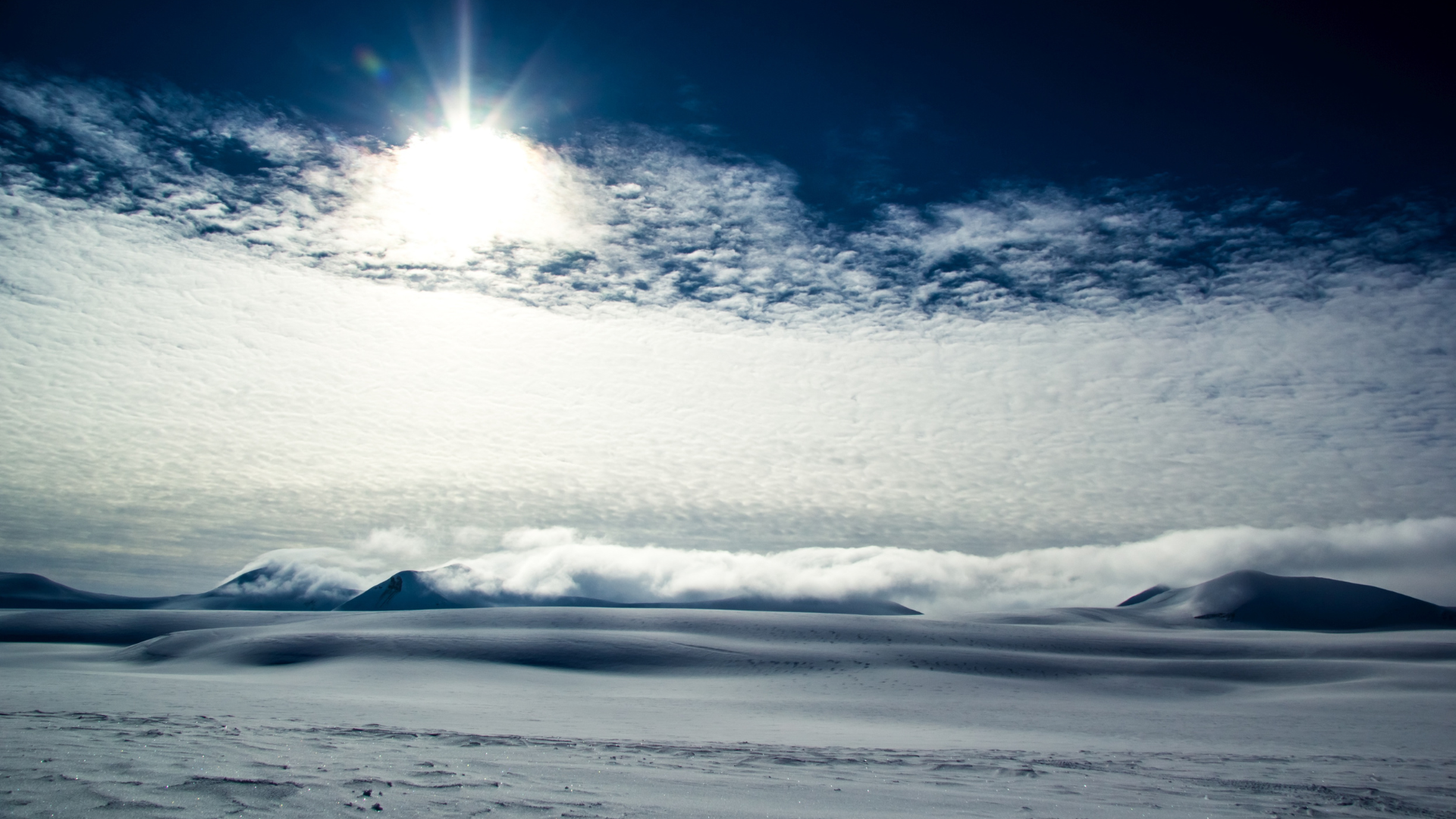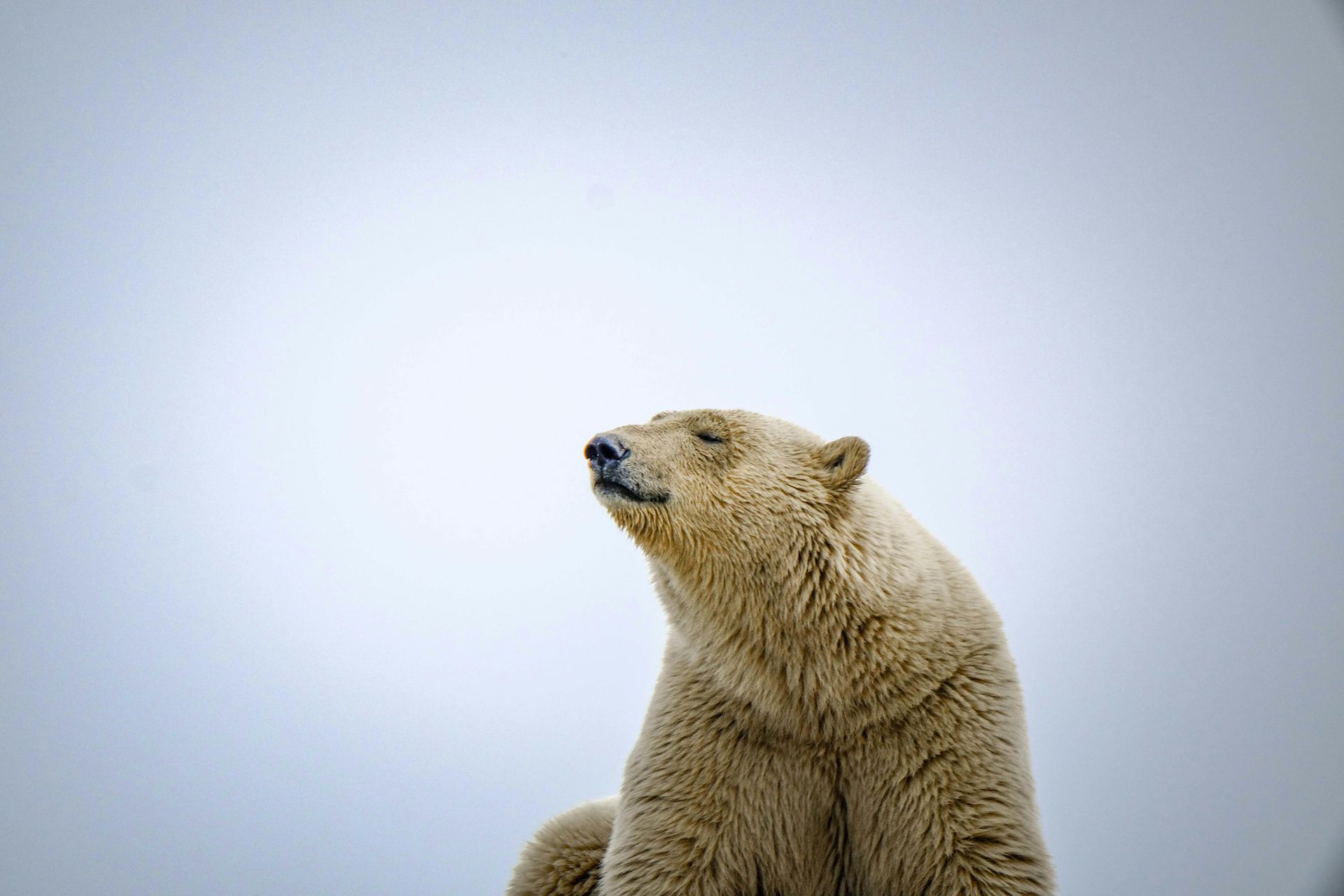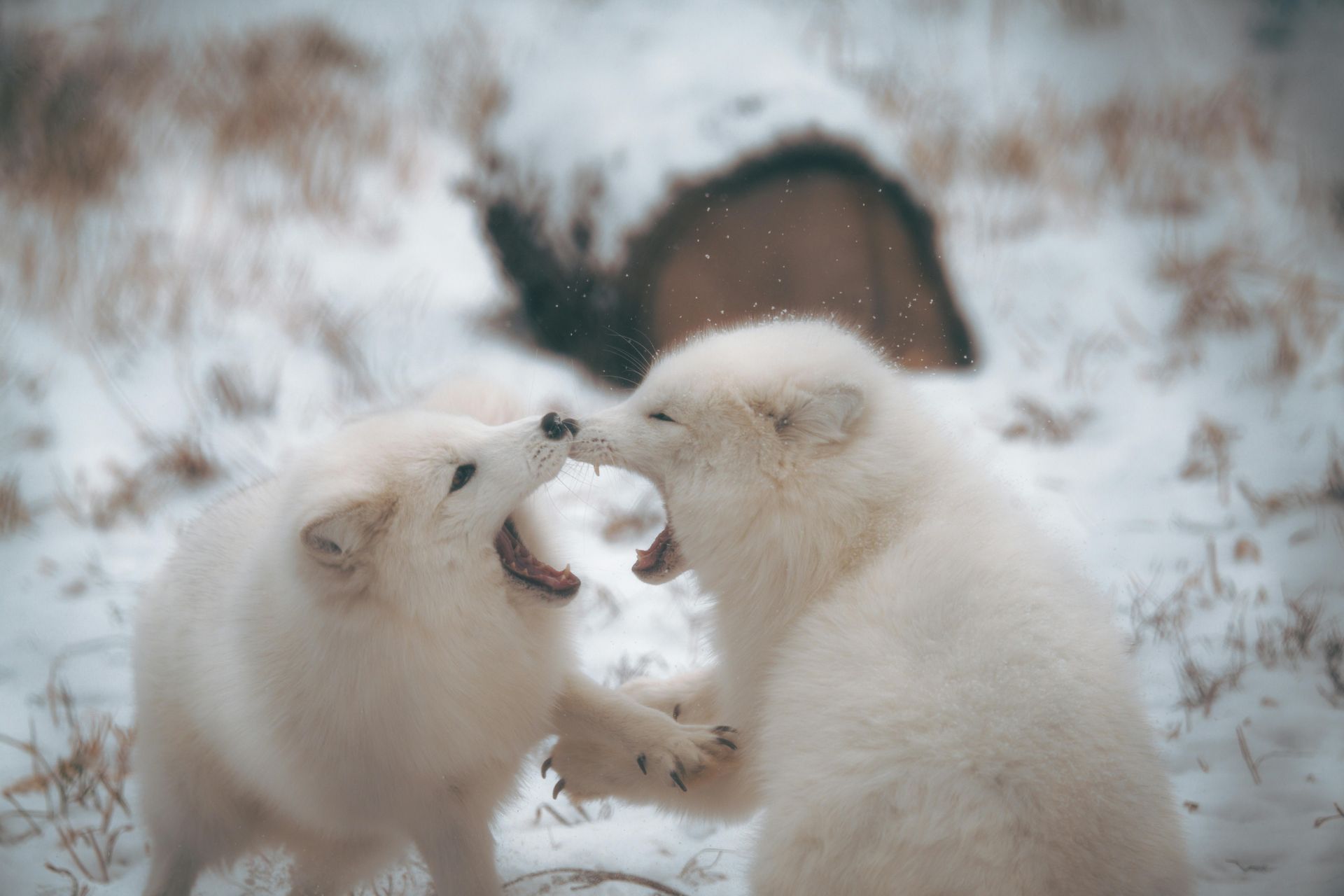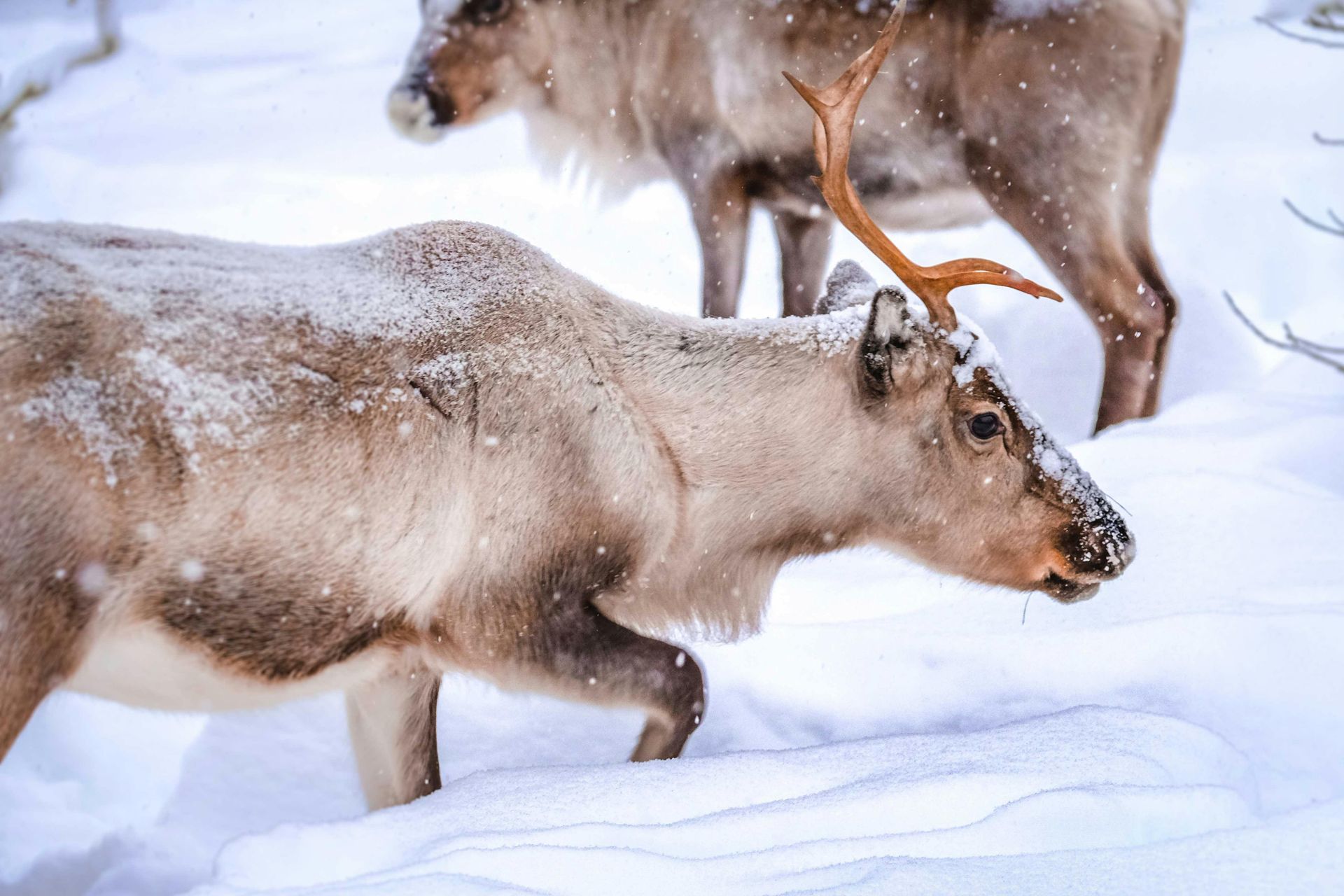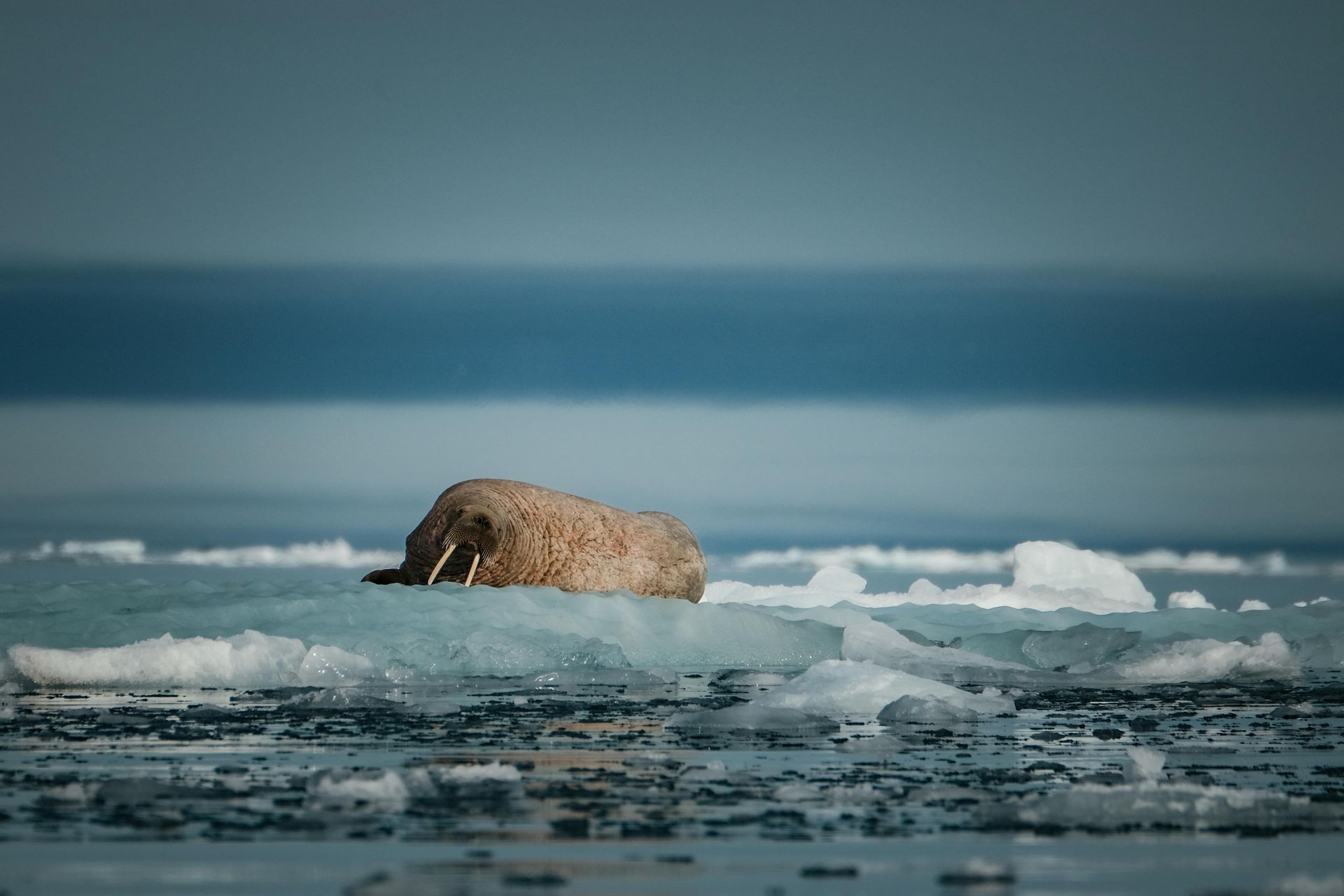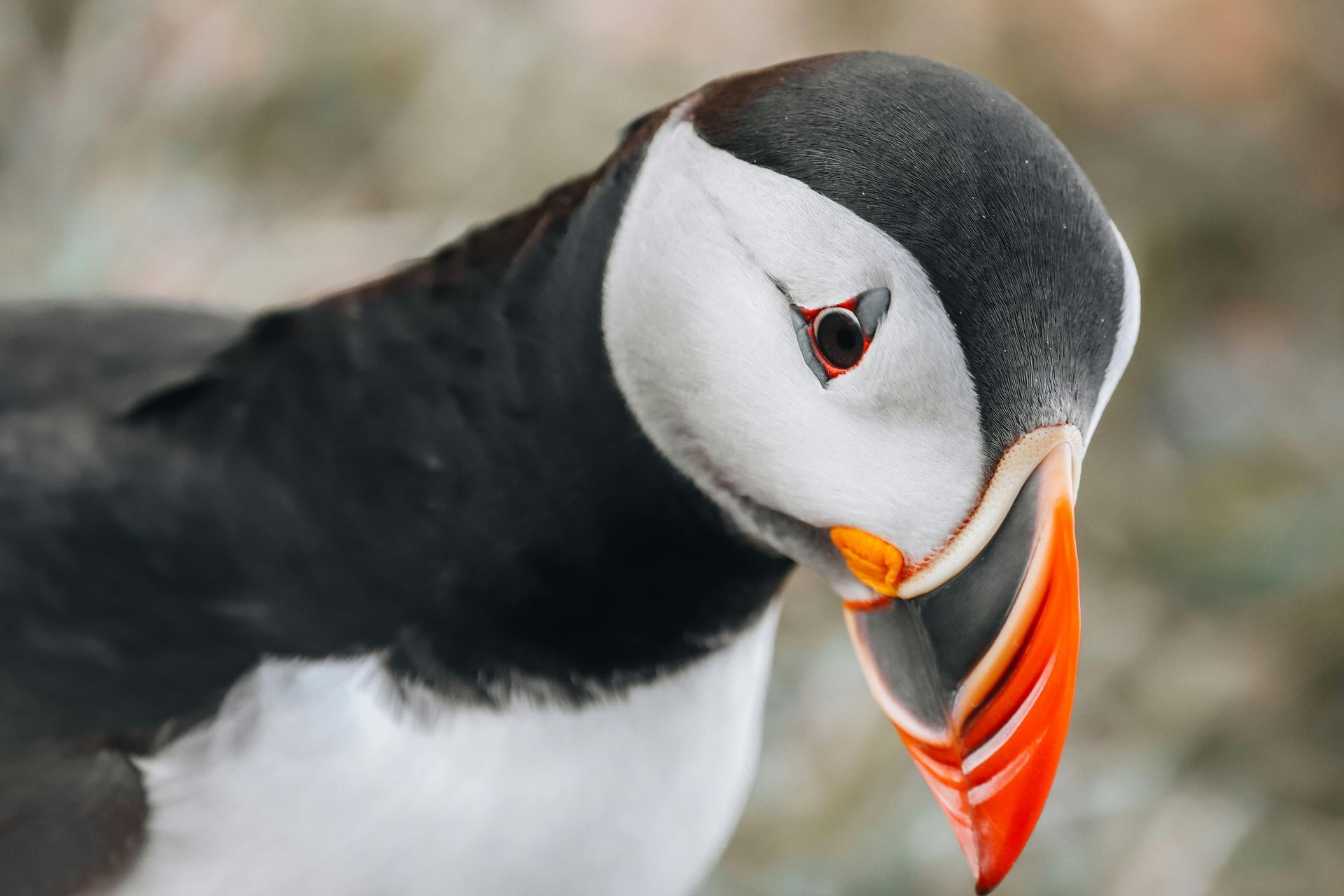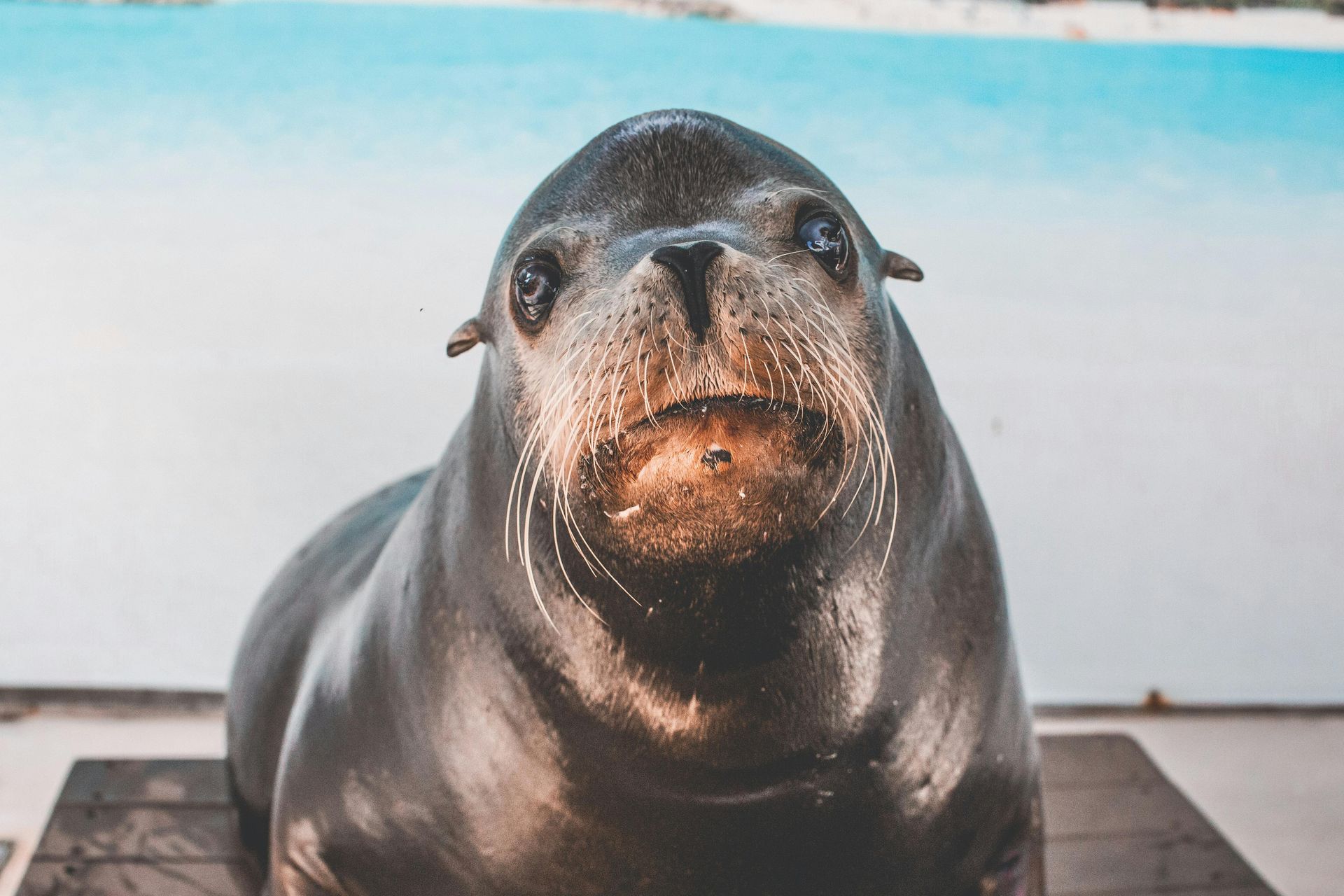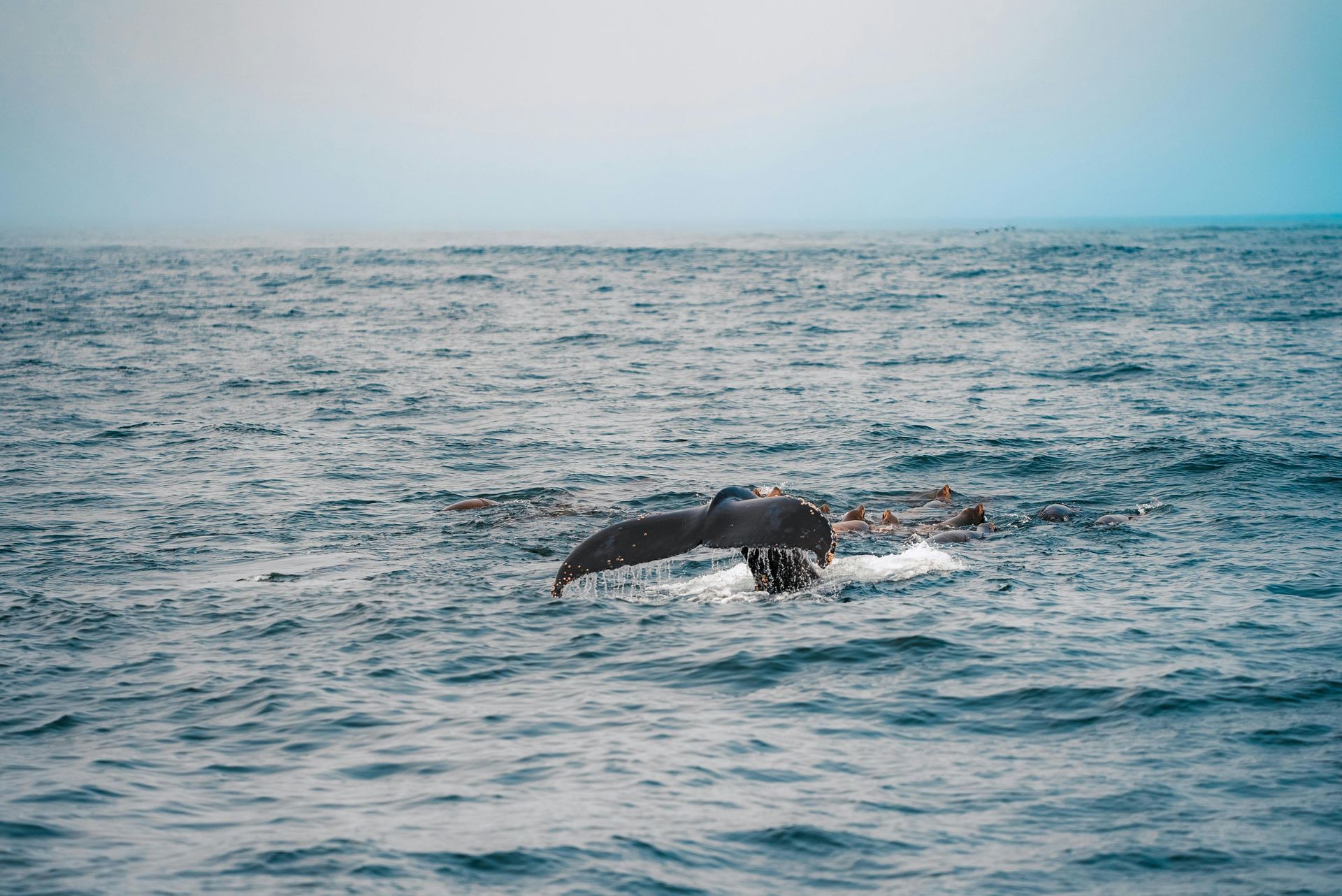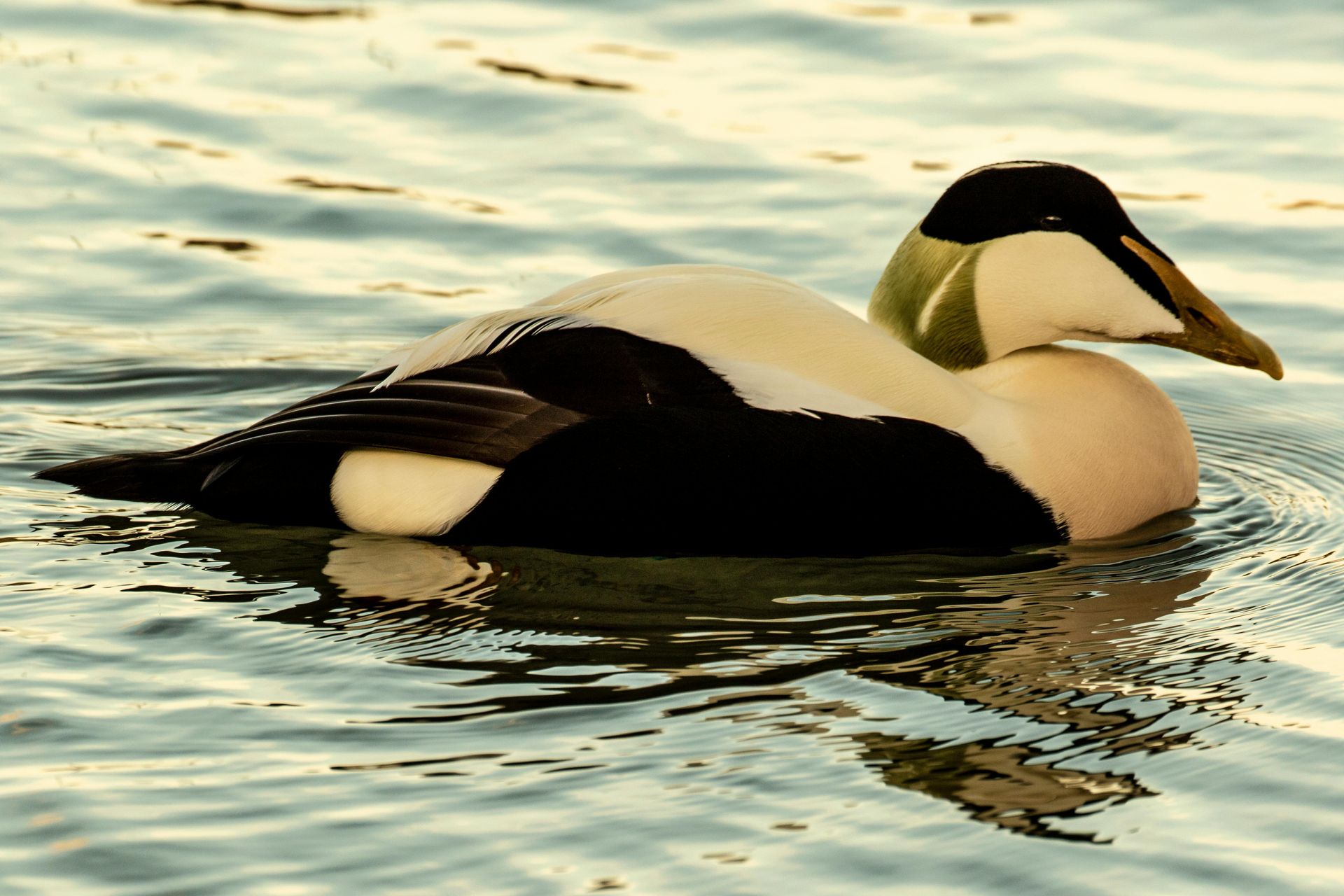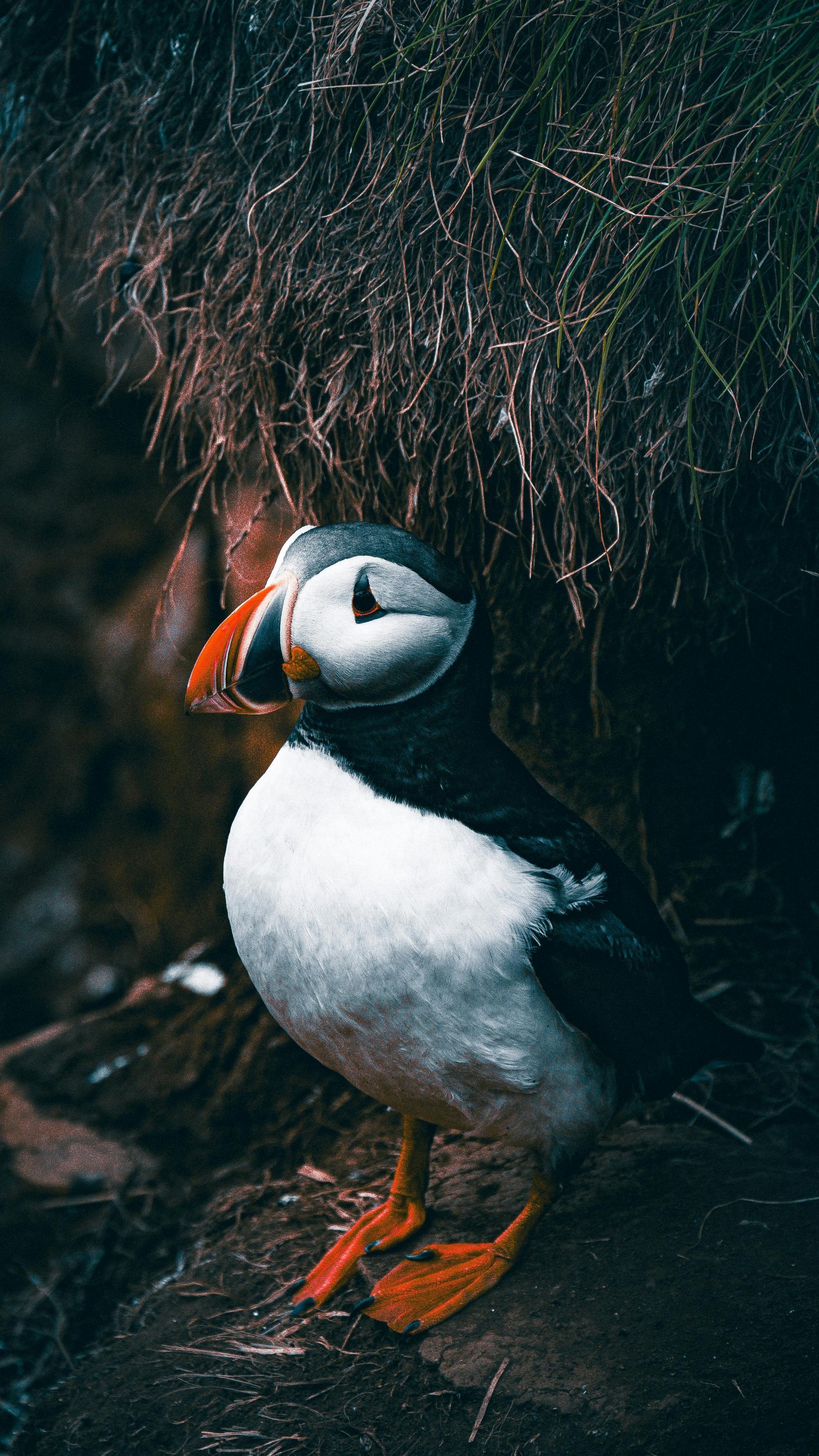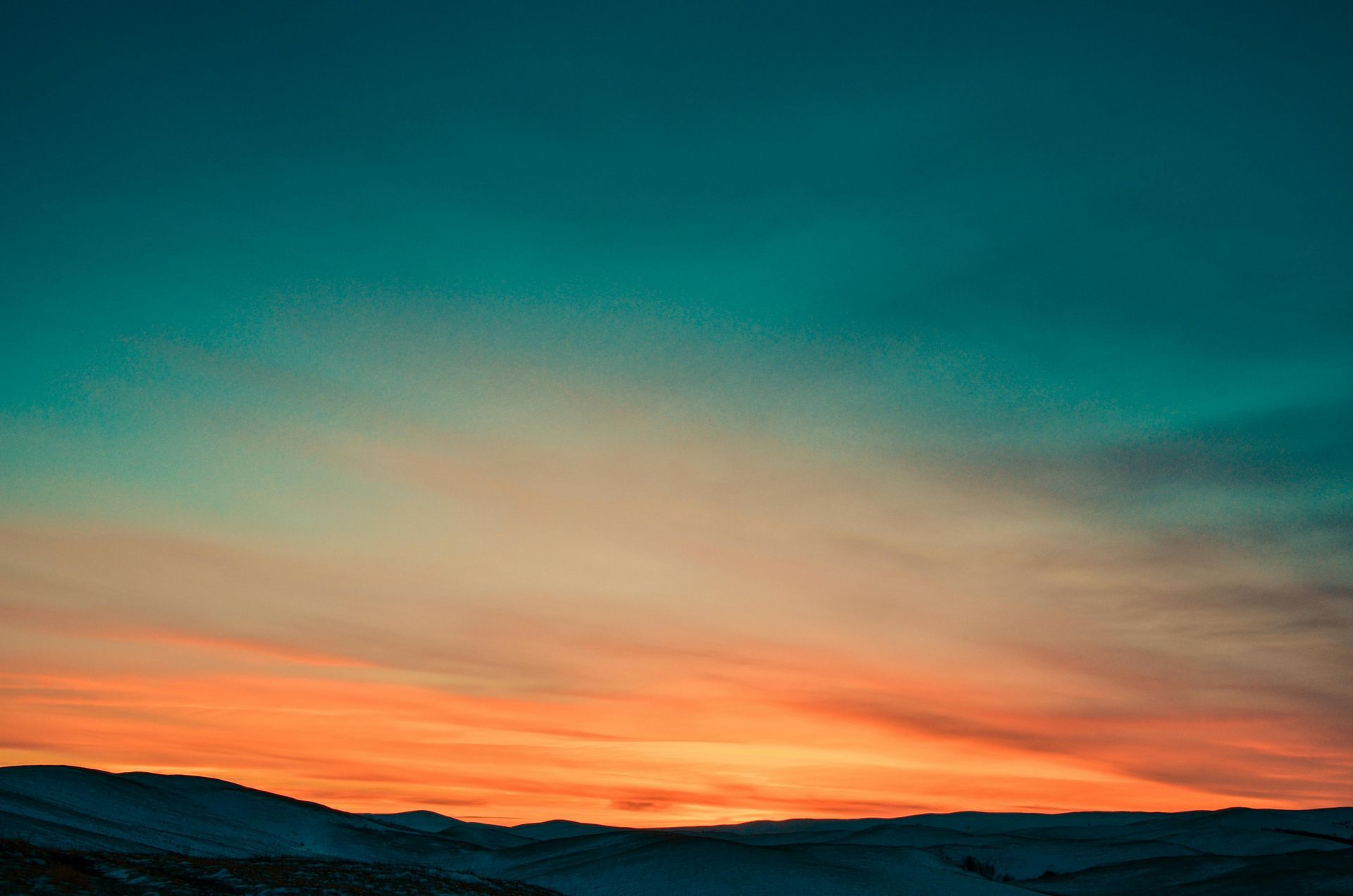How to Choose the Right Season for Your Svalbard Adventure
How to Choose the Right Season for Your Svalbard Adventure
Svalbard, a remote Arctic archipelago nestled halfway between mainland Norway and the North Pole, is a destination that offers unique experiences in every season. Whether you’re drawn by the prospect of the Midnight Sun or fascinated by the polar nights’ stark beauty, choosing the right time to visit is key to making the most of your Arctic adventure. Each season brings its own set of activities, wildlife encounters, and environmental conditions. Here’s how to choose the right season for your Svalbard trip based on what you want to experience.
Winter (November to February): The Magic of the Polar Night
If you're eager to experience the allure of the Arctic winter, then visiting Svalbard during the Polar Night (which lasts from late October to mid-February) is an incredible choice. During this period, the sun doesn’t rise above the horizon, casting the islands in a deep, otherworldly darkness. The landscape is transformed into a winter wonderland, with glaciers, ice sheets, and snow-covered mountains under a blanket of stars.
This season is perfect for those who wish to experience the Northern Lights, as the long nights provide plenty of opportunities to witness this natural phenomenon. The absence of light pollution makes the lights appear even more vivid. Winter activities like dog sledding, snowmobiling, and ice caving allow you to explore the Arctic environment in all its icy glory.
However, traveling in winter also means dealing with extreme cold, limited daylight hours, and challenging conditions. Be prepared for temperatures as low as -20°C (-4°F), and ensure that you have the proper gear to stay warm and comfortable.
Spring (March to May): The Transition to Light
Spring in Svalbard is brief but magical. From March to May, the island begins to emerge from the darkness of winter, with daylight gradually returning. By late May, the Midnight Sun starts, but there’s still a chill in the air, and the landscape remains snowy and pristine. This is the time when winter activities are still in full swing, but you also get a sense of renewal as the snow begins to melt, revealing glimpses of the rugged landscape beneath.
Spring is also the perfect season for wildlife enthusiasts. As the ice breaks up in late April and early May, marine life becomes more active, and you may encounter seals, walruses, and even polar bears in search of food. Birdwatchers will also appreciate this time of year, as migratory birds begin to return to the islands, including puffins, guillemots, and other seabirds.
One thing to consider in the spring is that temperatures can be a bit unpredictable, ranging from -10°C to 5°C (14°F to 41°F), so it’s important to be prepared for both chilly days and brighter, milder ones.
Summer (June to August): The Midnight Sun at Its Peak
For many, summer in Svalbard is the ideal time to visit. From mid-April to late August, the Midnight Sun graces the island, meaning the sun doesn’t set, even at midnight. This creates a surreal, almost dreamlike quality to the landscape, where the Arctic’s raw beauty is bathed in a soft golden light throughout the day and night. This is the time when Svalbard comes alive, with the most comfortable weather for outdoor activities, and it’s the best period for exploring glaciers, fjords, and wildlife.
Summer is when the majority of the wildlife in Svalbard is most active. Polar bears, seals, reindeer, and Arctic foxes roam the island in search of food, while birds nest in the cliffs. If you’re keen on wildlife photography or want to observe these magnificent creatures in their natural habitat, summer is the prime season.
Temperatures in summer are relatively mild compared to other Arctic destinations, typically ranging from 3°C to 10°C (37°F to 50°F). It’s an excellent time for outdoor adventures, including hiking, kayaking, and boat trips around the fjords, where you can observe glaciers calving into the sea. Summer also offers an abundance of daylight, so you can make the most of your time outdoors, even with a packed itinerary.
Autumn (September to October): The Colorful Transition
Autumn is one of the quietest and most peaceful times to visit Svalbard, making it an ideal period for those seeking solitude and tranquility in the Arctic. While the weather can be unpredictable, with temperatures ranging from -5°C to 5°C (23°F to 41°F), the landscape becomes incredibly dramatic. As the days shorten, the island experiences a golden glow, and the northern lights may begin to make their appearance in the sky.
Autumn is also the tail end of the wildlife season. You may still catch sightings of polar bears, seals, and birds as they prepare for the coming winter months. One of the standout features of Svalbard in autumn is the change in colors across the island, as the tundra turns red, orange, and gold before the snow falls. For photographers, it’s a prime time to capture the stark contrast between the vibrant foliage and the looming, snow-capped mountains.
While this time of year doesn’t offer the same intensity of summer wildlife activity, the quiet beauty of the landscape and the opportunity to see the Northern Lights again make it a special time to visit.
Choosing the Right Season for You
Your choice of when to visit Svalbard largely depends on the type of experience you seek. If you want to immerse yourself in the darkness of winter and experience the Northern Lights, winter is the best option. For those interested in summer activities and wildlife sightings, summer is ideal. Spring offers a bit of everything, with the transition from winter to summer and the arrival of migratory birds and marine life. Finally, autumn is perfect for travelers seeking solitude, stunning landscapes, and a quieter experience.
Each season in Svalbard offers its own allure, whether it’s the endless days of summer, the mystical Polar Nights, or the spring thaw with the return of wildlife. The right season depends on your interests—whether that’s experiencing Arctic wildlife, chasing the Northern Lights, or enjoying the Midnight Sun’s ethereal glow. Whatever season you choose, Svalbard will undoubtedly offer an unforgettable Arctic adventure.


